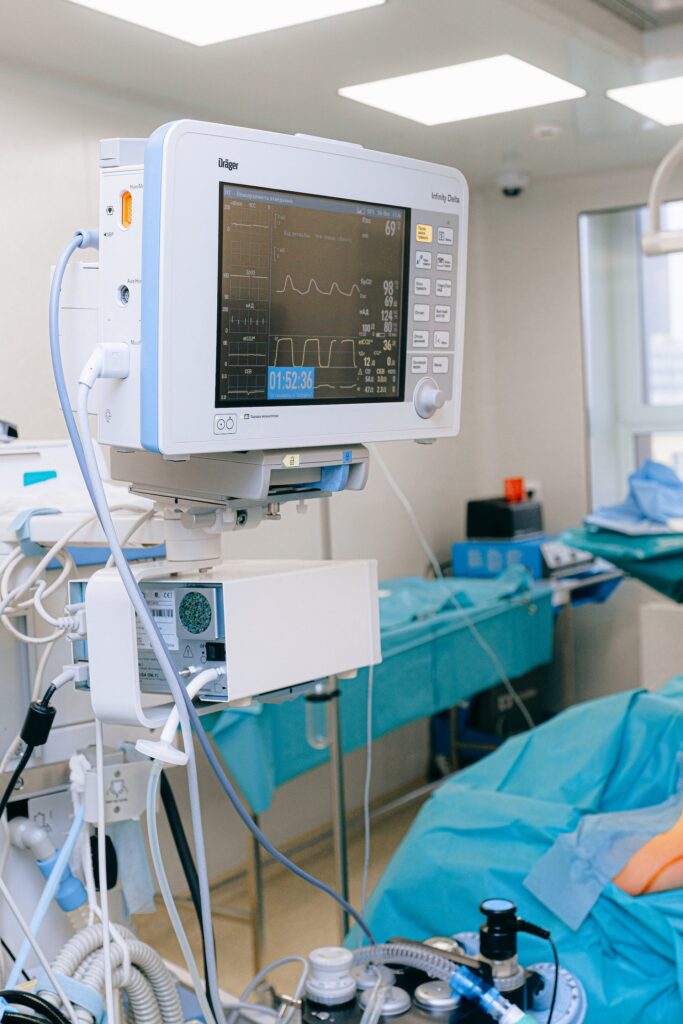Cancer treatment is a complex and multifaceted topic, and the approach to treatment can vary depending on the type and stage of cancer, as well as individual patient factors.
Rehabilitations of Cancer patients
Rehabilitation for cancer patients is an important aspect of their care, aimed at helping individuals regain physical, emotional, and functional well-being after cancer treatment. Cancer rehabilitation is a multidisciplinary approach that addresses the physical and psychosocial challenges faced by cancer survivors. Here are some key components of cancer rehabilitation:
1. Physical Rehabilitation:
Physical Therapy: Physical therapists work with cancer patients to improve physical function, mobility, and strength. They can help manage treatment-related side effects like muscle weakness, joint pain, and lymphedema.
Occupational Therapy: Occupational therapists focus on helping patients regain the ability to perform daily activities, such as dressing, cooking, and bathing, which may be affected by cancer or its treatments.
2. Psychological and Emotional Support:
Psychosocial Counseling:Psychologists or counselors provide emotional support, coping strategies, and help with managing anxiety, depression, and emotional distress that may arise during or after cancer treatment.
Support Groups: Cancer support groups offer a sense of community and an opportunity for patients to share their experiences and learn from others facing similar challenges.
3. Nutrition and Dietetics:
Nutritional Counseling: Registered dietitians can help cancer patients with dietary guidelines to address nutrition-related concerns, such as weight management, malnutrition, and dietary restrictions during treatment.
4. Pain Management:
Pain Specialists: For individuals experiencing cancer-related pain, pain management specialists can offer interventions and therapies to manage and alleviate pain effectively.
5. Speech and Swallowing Therapy:
Speech-Language Pathologists: These professionals assist patients who may have difficulty with speech or swallowing, which can occur due to certain cancer treatments affecting the head and neck.
6. Fatigue Management:
Fatigue Management Programs: Rehabilitation programs often include strategies for managing cancer-related fatigue, which is a common side effect of treatment.
7. Lymphedema Management:
Lymphedema Therapists: For patients at risk of or experiencing lymphedema (swelling of the limbs), therapists provide techniques such as manual lymphatic drainage and compression therapy.
8. Survivorship Care Planning:
Survivorship Clinics: Specialized clinics or care teams focus on long-term survivorship, addressing ongoing health needs, monitoring for late effects of cancer treatment, and providing guidance for a healthy lifestyle.
9. Exercise Programs:
Cancer Exercise Programs: These programs promote physical fitness and overall well-being through tailored exercise plans designed to address individual needs and abilities.
10. Complementary and Integrative Therapies: – Some patients may find benefit from complementary therapies such as acupuncture, massage therapy, or mindfulness techniques as part of their rehabilitation.
Cancer rehabilitation is highly individualized and may vary depending on the type of cancer, the stage of cancer, the specific treatment received, and the patient’s overall health. It is essential for cancer survivors to work closely with their healthcare team to create a personalized rehabilitation plan that addresses their unique needs and goals.
Rehabilitation plays a critical role in helping cancer survivors regain their quality of life, function, and emotional well-being, enabling them to move forward after cancer treatment.
